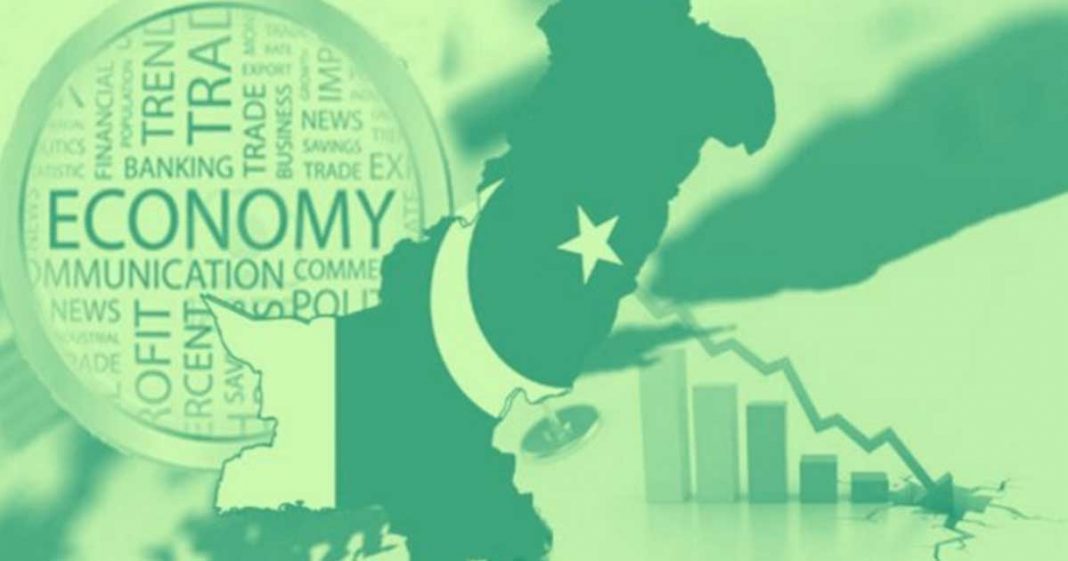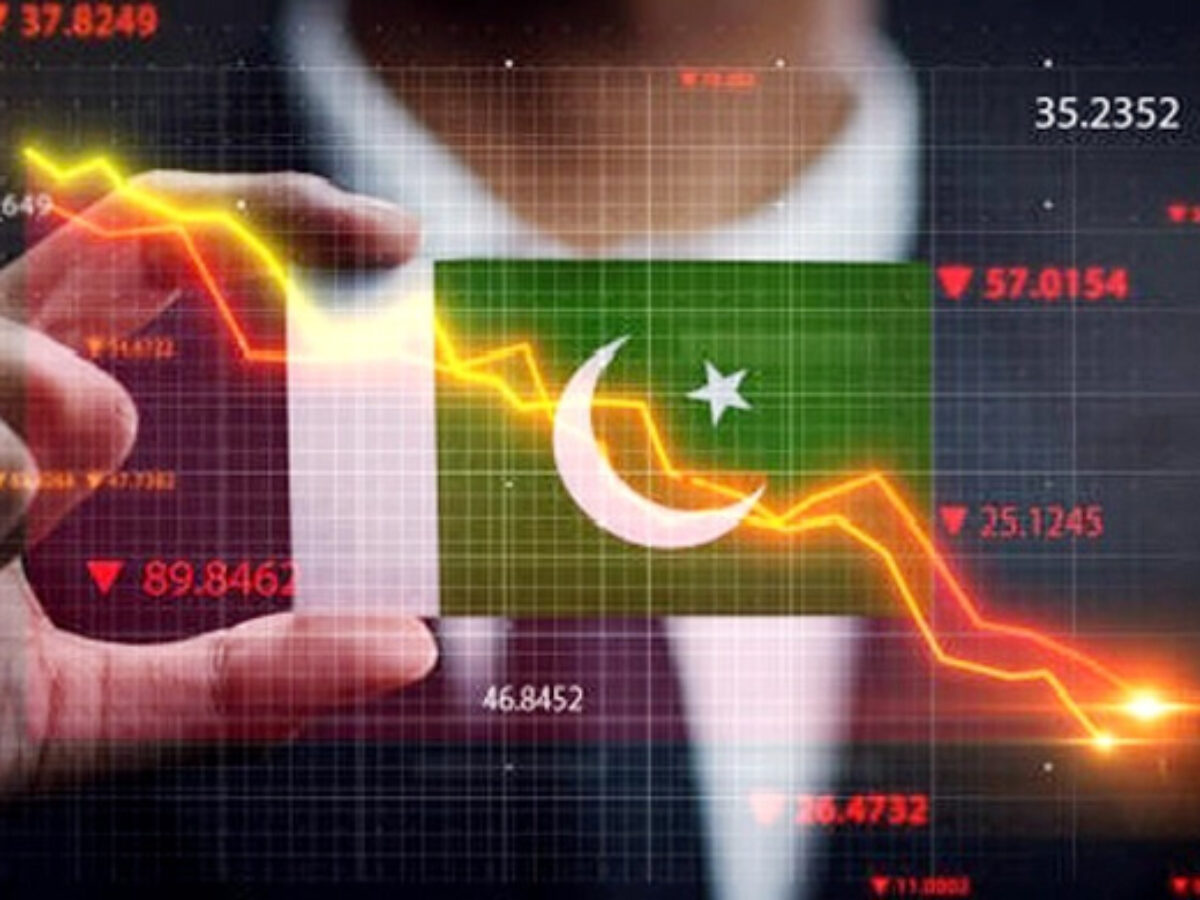Political unrest undermines economic growth and leads to poor governance, which eventually controls all governmental institutions and brings on recurrent financial crises. Pakistan is the latest victim of this political instability, which could unfortunately spread to other countries. Although this political drama was nothing less than a movie plot, the economic consequences of these events can be dire for the common man and the government as well. The current fiscal year, which ends in June 2023, is forecast to see barely a 2% growth in Pakistan’s GDP. The slower development would be driven by damages and disruptions brought on by catastrophic floods, a tight monetary policy, rising inflation, and an adverse global environment. Not only has this, the political clashes the country is facing also effected its economy. The extent to which political instability permeates the country and the time is quite surprising given its negative impact on economic performance. If Prime Minister takes populist steps like reducing energy prices, Pakistan could go down the same path as Sri Lanka. Economic Impact of Pakistan’s Political Crisis political instability, economic uncertainty and social unrest are developing in Asia and Latin America, Africa and even Europe. Recent significant regional and global shocks, including as growing inflation, the effects of the worldwide food, fertilizer, and fuel shortages, the economic crisis in Sri Lanka, and the devastation caused by the floods in Pakistan, have slowed growth in South Asia. Additionally, it examines how COVID-19 could further affect migration and how free movement of labor and migration might aid in economic growth.


According to how the Pakistani government has handled the flood situation so far, it is clear that our policymakers and the appropriate state institutions did not adequately reflect on the super-floods of 2010. Pakistan requires a lot of assistance from the international community, especially the biggest climate change contributors, but there is also much that has to be done domestically to make the nation more resilient to various climate-related disasters. The colonial administration actually increased the probability of moderate frequency-high intensity flood occurrences by constructing a complex water management system. Pakistan must enhance water drainage, but it cannot deconstruct its irrigation infrastructure. To reduce the intensity of flooding, obstructions that prevent natural drainage of waterways should be eliminated. Flood risk due to heavy rainfall will last for shorter periods of time because to improved drainage. This will thus minimise the severity of evictions, water-borne illnesses, and the loss of human and cattle life. In order to ease drainage and reduce flood damage, it is crucial that important infrastructure, such as highways and railway lines, have functional drainage ditches or other relevant architectural features.
Given Pakistan’s economic issues, only sound data analysis would allow for effective and long-lasting policy creation and reform. Policymakers need to identify the reasons why the economy of Pakistan is not expanding at the appropriate rate and create a comprehensive development strategy to execute sustainable growth free from political influence. On the administrative front, a number of challenges need to be resolved; for example, even the finest policies won’t work if they aren’t properly enforced, which is one of Pakistan’s largest concerns. Pakistan requires stability at the same time. Though the concept is sound, it is currently politically impossible. What is more crucial is for Pakistan’s current federal and provincial governments to move beyond putting out fires and advance crucial reforms that are crucial to ensuring the country’s political and economic stability and long-term growth prospects, including in local governance, agriculture, energy, and other areas. In fact, doing so serves their political interests. Many mass protests and rallies on different matters are taking place throughout Pakistan’s regions. In some ways, the protests reflect the state’s unsatisfactory and divisive policies. Pakistan is already dealing with a strange mix of political events. The ruling class in Pakistan needs to understand that this is a unique time in the nation’s history and a political and economic turning point. A significant proportion of Pakistan’s political history is composed of choices that were taken without putting the economic effects into effect. Furthermore, a lot of prior administrations struggled economically because they lacked a competent group of economists who could create long-term economic plans. The need for raising health and education standards as well as streamlining the police and legal systems must be prioritized.

Research Associate, Pakistan House



